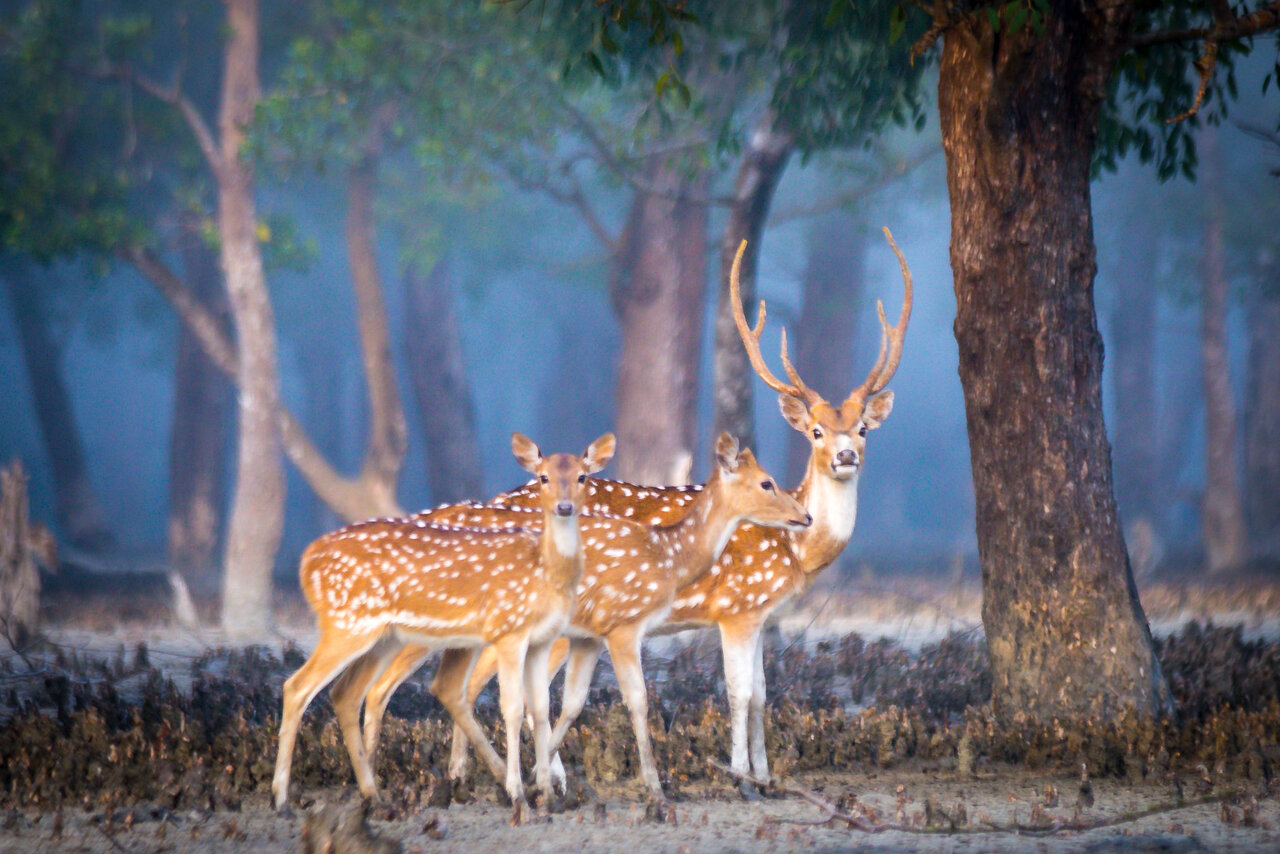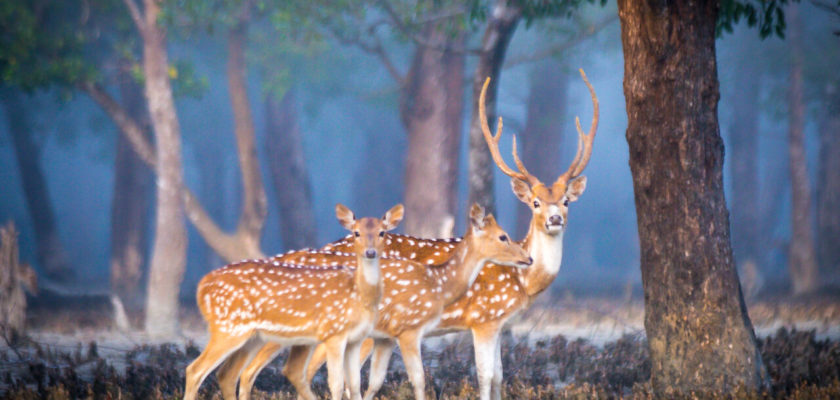This article embarks on a journey through seven beautiful forests in India, inviting you to discover their hidden gems. Whether you’re an ardent wildlife enthusiast, a nature lover seeking serenity, or simply curious about the incredible ecological tapestry of this vast land, each forest promises an unforgettable experience.
Namdapha National Park, Arunachal Pradesh
Flanked by the Himalayas in the north and the Patkai Hills in the south, Namdapha National Park sprawls across northeastern India’s Arunachal Pradesh, cloaked in an aura of untamed wilderness. Established in 1983, this 1,985 sq. km haven holds the distinction of being India’s largest and most biodiverse national park.
But the park’s magic lies not just in its landscapes. It’s a wildlife wonderland teeming with over 1,400 faunal species. The elusive snow leopard prowls the high altitudes, while the majestic tiger reigns supreme in the lower regions. Keep your eyes peeled for the playful gibbons, the graceful elephants, and the shy clouded leopard, all sharing this verdant tapestry. Over 500 bird species fill the air with their melodies, from the vibrant hornbill to the elusive black-backed forktail.
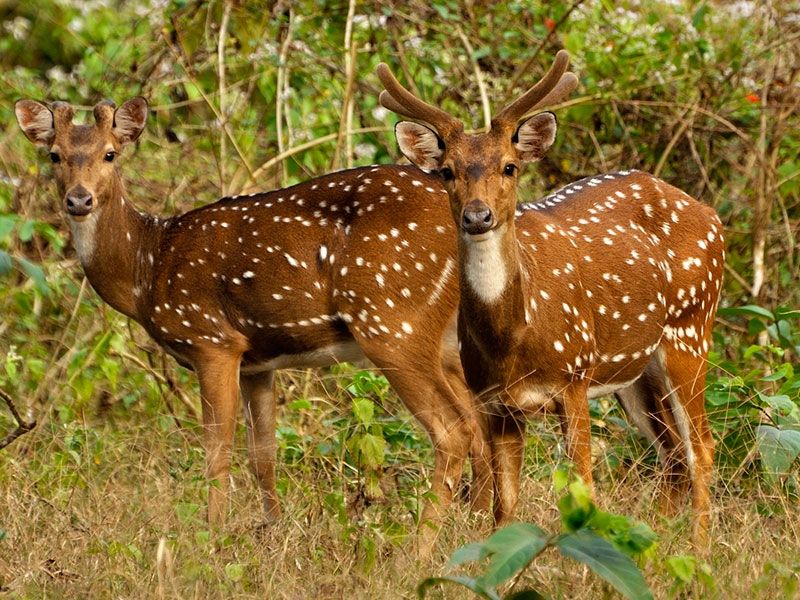
Pichavaram Mangrove Forest, Tamil Nadu
Pichavaram Mangrove Forest, nestled near Chidambaram in Tamil Nadu, India, isn’t just a forest; it’s a labyrinthine world woven from saltwater magic. Spread across 1478 hectares, often called the “second-largest mangrove forest in the world”, a unique ecosystem where land and sea intertwine in a mesmerizing dance. Imagine a vast expanse of water dotted with verdant islands, their roots submerged in the brackish embrace, creating a maze of waterways teeming with life.
Pichavaram’s magic lies in its biodiversity. Spot playful otters frolicking in the water, graceful dolphins slicing through the waves, and majestic kingfishers perched on branches, their vibrant colors contrasting the emerald foliage. The air hums with the calls of around 177 bird species, while the forest floor is a haven for crabs, mudskippers, and diverse insects. But the star attraction is undoubtedly the mangrove itself, a complex ecosystem that filters water protects the coastline, and provides nursery grounds for countless fish and marine life.
Gir National Park, Gujarat
This sanctuary is the last refuge of the majestic Asiatic lion, with over 600 individuals thriving within its protected boundaries. Dry deciduous forests, grasslands, and seasonal rivers dominate the landscape, offering glimpses of other mammals like leopards, jackals, and various bird species.
Nestled in Gujarat, India, Gir National Park roars with the title of the last remaining abode of the majestic Asiatic lion. Established in 1965, this 1,412 sq. km haven is a vibrant tapestry of dry deciduous forests, rugged hills, and serene water bodies. Its diverse ecosystem shelters not just the iconic lions, but a treasure trove of other wildlife.
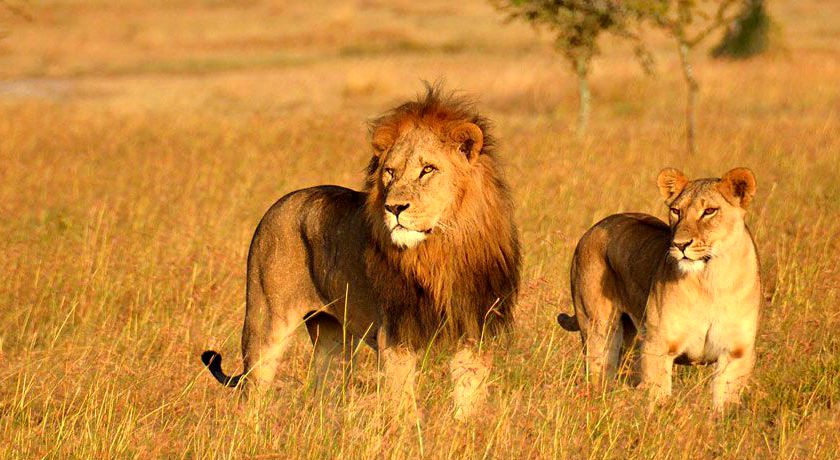
Dzukou Valley, Nagaland
Nestled amidst the majestic Naga Hills on the border of Nagaland and Manipur in India, Dzukou Valley unfolds like a dreamland painted in vibrant hues. Its name, meaning “cold water” in the Angami Naga dialect, aptly reflects the refreshing streams that meander through the valley, while the alternative Mao Naga term “dziikou” translates to “dreamlike,” perfectly capturing the valley’s ethereal charm.
Dzukou Valley’s beauty transcends seasons. During spring, the valley explodes in a kaleidoscope of colors, with wildflowers like lilies, rhododendrons, and orchids carpeting the rolling hillsides. The air hums with the melody of birdsong, while butterflies flit amongst the vibrant blooms, creating a scene straight out of a fairytale.
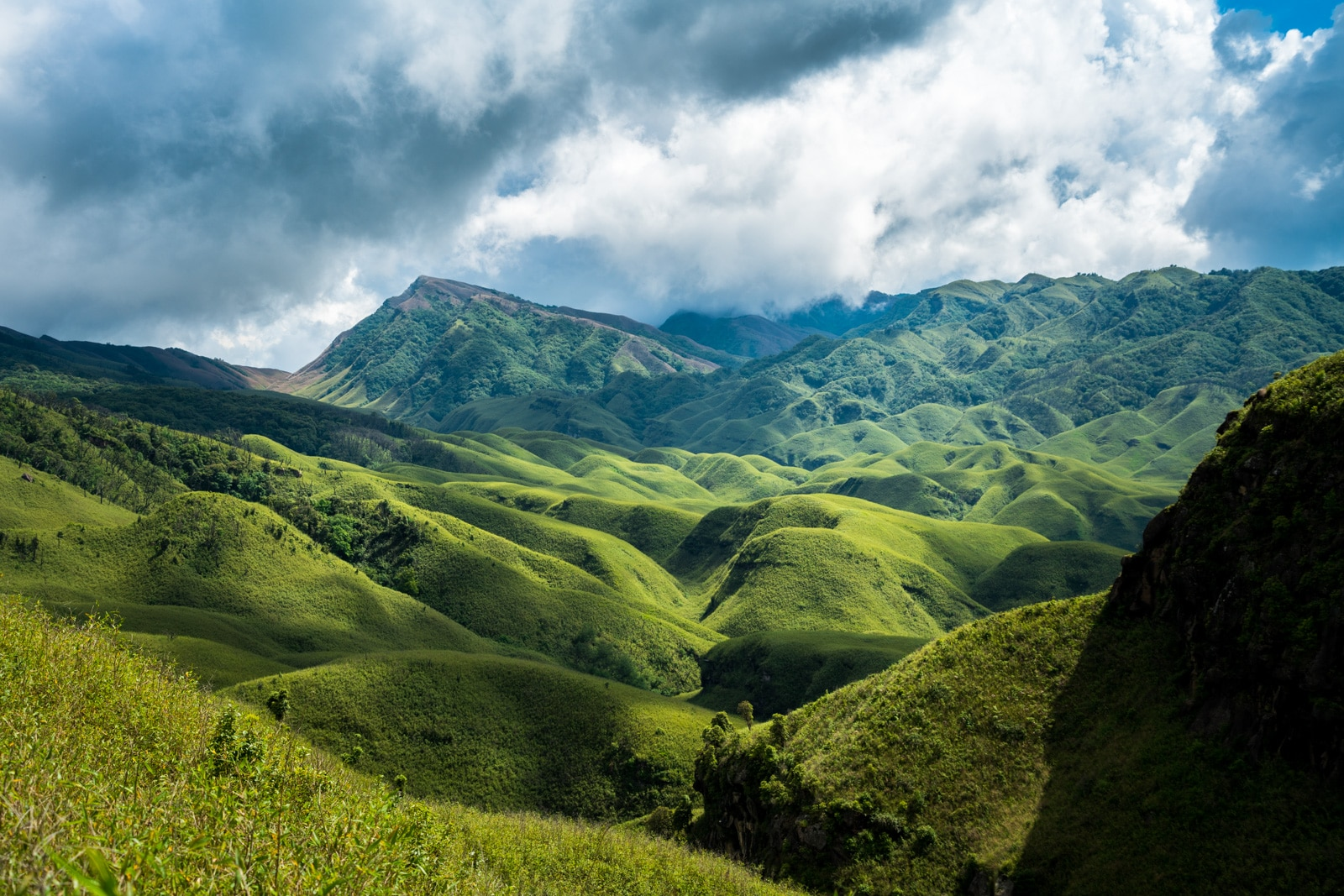
Jim Corbett National Park, Uttarakhand
Jim Corbett National Park, nestled in the foothills of the Himalayas, roars with the title of India’s oldest and most prestigious national park. Established in 1936, it’s a haven for wildlife enthusiasts and nature lovers alike. This park boasts the highest tiger population among its Indian counterparts, making it a prime spot for thrilling safaris.
But the magic doesn’t stop there. From majestic elephants and elusive leopards to playful otters and almost 600 species of birds, the diverse wildlife here will leave you breathless. Lush forests, rolling grasslands, and marshy depressions paint a vibrant landscape, offering a unique backdrop for your exploration.
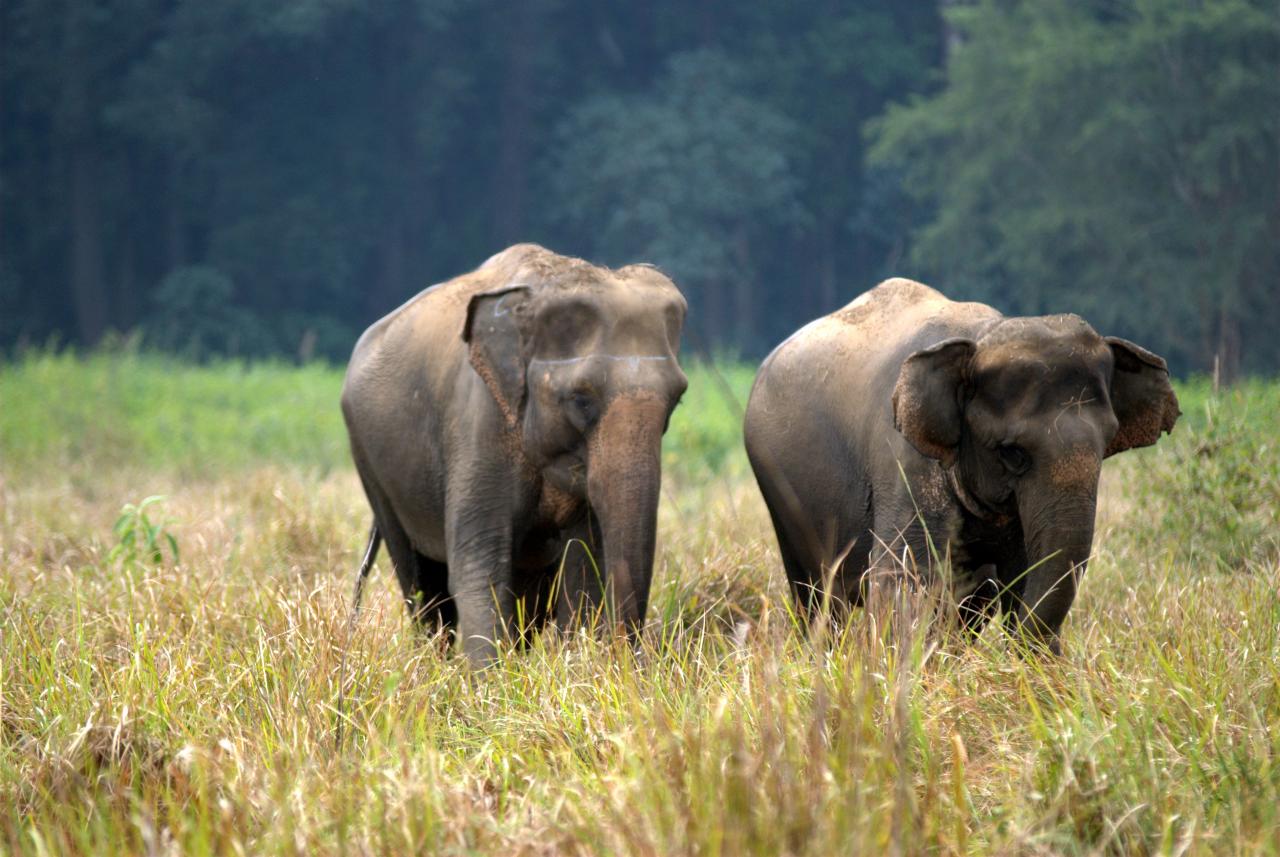
Bandipur National Park, Karnataka
Located in the Nilgiri Hills, this diverse park encompasses dry deciduous forests, grasslands, and shola forests. It holds the distinction of having the highest density of herbivores in Asia.
Tigers reign supreme in Bandipur, with one of the highest densities in India. Glimpse these majestic predators during exhilarating jeep safaris, or keep your eyes peeled for the elusive Indian elephant, the graceful leopard, and the lumbering gaur. Don’t miss the playful antics of langurs swinging through the trees, the watchful gaze of the sloth bear, and the vibrant calls of over 200 bird species.
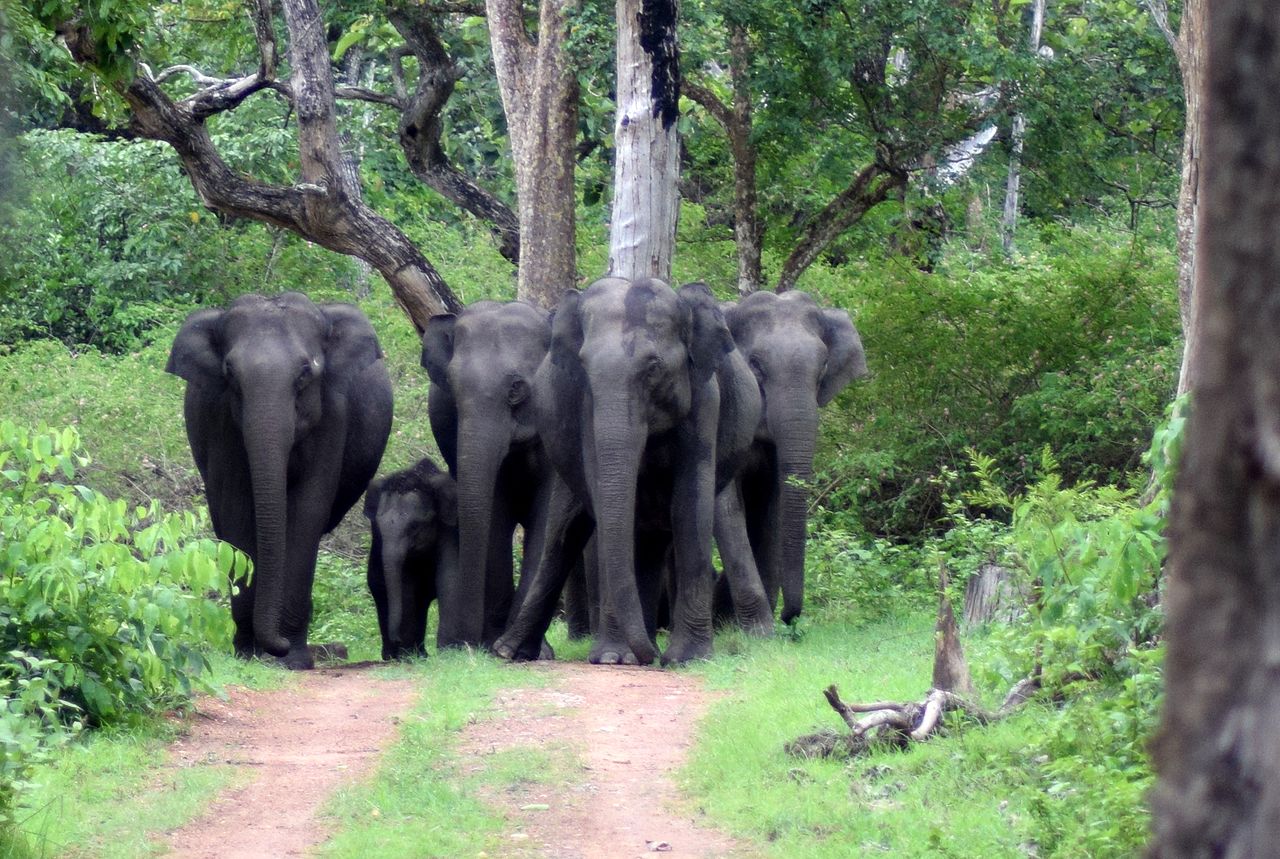
Sundarbans National Park, West Bengal
This UNESCO World Heritage Site, established in 1984, is the largest mangrove forest globally, encompassing an area of 10,000 sq km, straddling India and Bangladesh. Beyond the rich wildlife, Sundarbans boasts a unique landscape sculpted by the ebb and flow of the Ganges, Brahmaputra, and Meghna rivers. The intricate network of waterways, mudflats, and dense mangrove forests creates a dynamic and ever-changing environment. You can explore this wonderland on a boat safari, navigating narrow channels and soaking in the otherworldly beauty.
